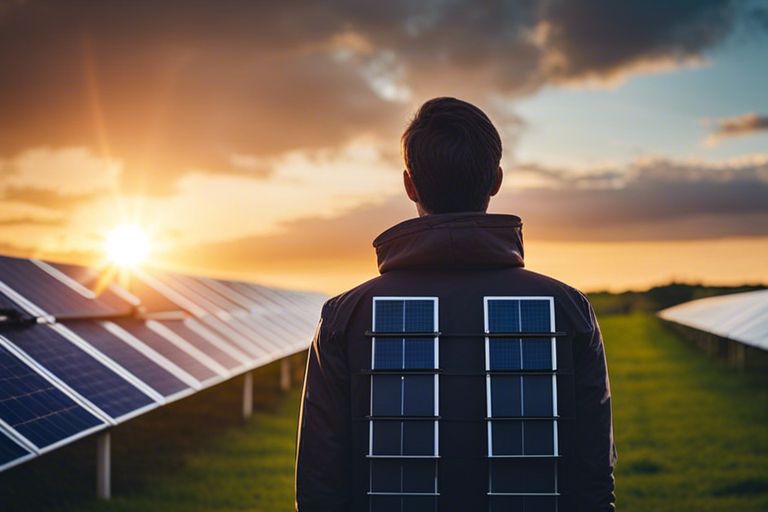It’s fascinating how wind turbines have become a vital source of renewable energy, offering a myriad of benefits for our planet and society. From reducing greenhouse gas emissions to creating jobs and promoting energy security, these towering structures are revolutionizing the way we power our world. Let’s explore the compelling reasons why wind turbines are leading the charge in the transition to a cleaner and more sustainable future.

Environmental Advantages
Reduced Greenhouse Gas Emissions
The implementation of wind turbines plays a crucial role in reducing greenhouse gas emissions. By harnessing the power of the wind to generate electricity, we can significantly decrease our reliance on fossil fuels, thereby lowering the amount of harmful gases like carbon dioxide being released into the atmosphere.
Minimized Air Pollution
One of the key benefits of wind turbines is the minimized air pollution compared to traditional forms of energy generation. Unlike coal or gas power plants, wind turbines produce clean energy without emitting pollutants such as sulfur dioxide and nitrogen oxides that contribute to air pollution and respiratory illnesses.
Pollution from power plants has been linked to a variety of health issues, including asthma and heart disease. By transitioning to wind energy, we can help improve air quality and create a healthier environment for both current and future generations.

Economic Benefits
Job Creation and Local Economic Growth
Some of the top economic benefits of wind turbines for renewable energy include job creation and local economic growth. To meet the demands of installing and maintaining wind turbines, a significant workforce is required. This creates job opportunities in manufacturing, installation, maintenance, and research and development.
Lower Energy Costs for Consumers
Creation of wind energy helps in lowering energy costs for consumers. By harnessing the power of the wind, electricity generation becomes more sustainable and affordable. This can lead to reduced energy bills for households and businesses, making renewable energy an attractive option for many.
Economic benefits also include enhanced energy security, reduced dependence on fossil fuels, and potential revenue streams for landowners who host wind turbines on their property. Overall, the economic advantages of wind turbines make them a crucial component of the renewable energy sector.

Technical Advantages
Increased Energy Independence
To truly understand the impact of wind turbines on energy independence, one must consider the concept of distributed energy generation. Assuming wind turbines are widely adopted, individual homes and businesses could potentially generate their electricity, reducing reliance on centralized power grids. This decentralization of power production would significantly increase energy independence at a local level, a crucial step towards a more resilient and sustainable energy future.
Improved Energy Storage Capabilities
Energy storage is a key challenge in renewable energy adoption, as the sun doesn’t always shine, and the wind doesn’t always blow. To address this issue, advances in battery technology have enabled the storage of surplus energy generated by wind turbines during peak production times. This stored energy can then be used when production levels are low, ensuring a more consistent and reliable energy supply from renewable sources.
Another advantage of wind turbines for energy storage lies in their ability to be coupled with innovative storage solutions such as pumped hydro or compressed air energy storage. These systems can store excess energy generated by wind turbines and release it when needed, offering a flexible and efficient way to balance energy supply and demand.
Conclusion
The benefits of wind turbines for renewable energy are substantial and varied. They provide a clean and sustainable source of power, reduce greenhouse gas emissions, create jobs, and promote energy independence. By harnessing the power of the wind, we can work towards a more environmentally friendly and sustainable future. Wind turbines are a key player in the transition to cleaner energy sources.






